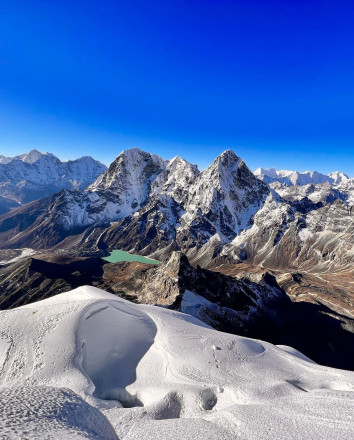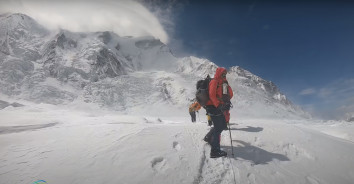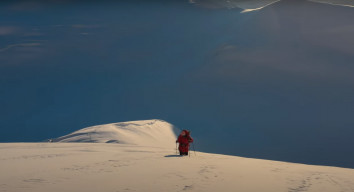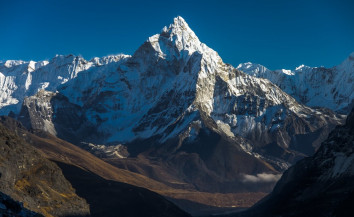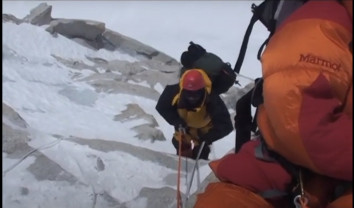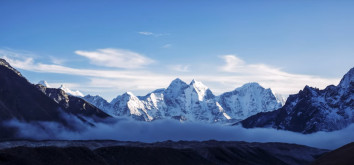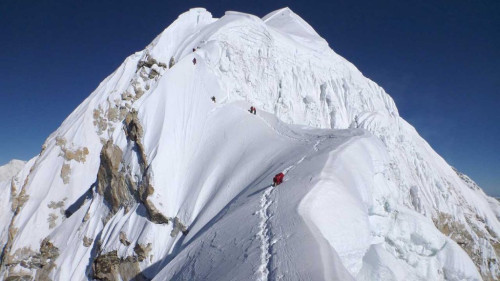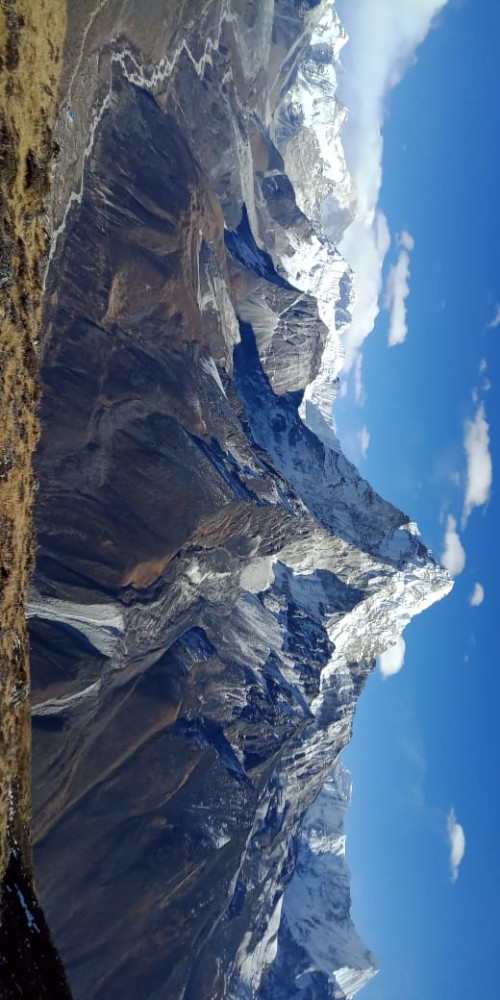Everest Expedition North- Trip Overview
Being top of the world at 8,848 metres is heavenly and is a dream for every inspired human being on the planet. Some prefer the most climbed South Col route to Everest. But, some peaceful climbers love adventure in the mountains and want to escape the crowd on the expedition. For them, Everest expedition North is the best fit.
Everest expedition North from Tibetan side has straightforward climb than from South. There's no such as the safest route to summit Everest, but if you approach the summit climb from the North, you can escape the notorious Khumbu Icefall section.
The Everest expedition from the North gives the enchanting Buddhism experience with a stunning panorama around Tibetan plateaus. The Rongbuk Monastery is the world's highest seated monastery, worth the visit from the base camp. You'll also climb the 3,000 metres section of Rongbuk Glacier while climbing to Camp I from ABC. On top, you'll get the ideal glimpses of colossal Changatse, Nuptse, Lhotse, and countless mountains in the Mahalangur range.
Do you possess the nerve of steel to scale Everest from the North Face? Be ready to endure the amalgamated harsh wind, cold, exposed ridges, and the rewarding summit climb of the Everest expedition in Autumn 2022.
Everest Expedition North- Climbing History
Some 30 years before the first Everest successful summit, George Mallory attempted to climb Everest from the Northeast face. George Mallory climbed North Col and disappeared on the summit ascent. But, the first successful summit happened in 1953 by Tenzing Norgay and Edmund Hillary.
But, the Everest Expedition from Tibet got its first success with a Chinese climber Chu Yin-Hau, Wang Fu-Zhou, and a Tibetan Nawang Gombu. A famous ladder ridge, the second step, was scaled on regular climbing gear by this expedition. Later, another Everest North Face expedition of the 1975 team fixed a ladder on the Second Step. Still, climbers climb the Second Step, a ladder towering over 30 feet.
Between 1950 and 1980, Tibet was closed to foreigners. As a result, Everest Expedition North didn't happen during that period. Later in 1980, the Japanese expedition team summited Everest from the Northeast face via the Hornbein Couloir.
Everest North Expedition- Climbing route to summit
The north face of Everest lies in Tibet. Thus, we'll first reach the Chinese Base Camp and start the expedition preparation. Here's brief information on different High Camps in the Everest expedition North of Tibet.
Everest Base Camp at 5,150 metres
Unlike Everest Base Camp on the South side of Nepal, the North Base Camp of Everest is accessible with roadways. If you plan an Everest expedition from the Nepal side, you'll have to hike for six days before reaching the base camp at 5,364 metres.
The Chinese government doesn't allow the helicopter to fly across Everest on the Tibet side. But for ease, the pitched roadway takes you to Chinese Base Camp, a gravelled region that sits 8 kilometres up to Rongbuk Monastery.
At 5,150 metres, World Expedition Nepal sets tented camps for an expedition period of nearly two months. These camps are rudimentary camps for acclimatisation before climbing the higher camps.
Everest Intermediate Camp at 6,100 metres
Intermediate camps are not dedicated High Camps but tented camps for rest as you ascend to Advanced Base Camp at 6,500 metres.
Climbers often require adequate acclimatisation before climbing to ABC. Thus, if anyone in the group needs a rest, we'll use the Intermediate camp for an overnight stay. The route to these camps is rocky terrain filled with snow till mid-spring.
Climbers on acclimatisation rotation barely stop at Intermediate Camps as they reach base camp within a 6-hour decent hike from Advanced Base Camp.
Everest Advanced Base Camp at 6,500 metres
Everest expedition from North has its Advanced Base Camp set at 6,500 metres. It is the world's highest Advanced Camp in the Himalayan range. The altitude of this camp shortens the distance to Camp I, Camp II, and Camp III, making the expedition less risky and tiring.
Experienced 8,000 metres climbers use Advanced Base Camp as the primary camp for acclimatisation rotation. But, for intermediate climbers, Advanced Base Camp causes altitude sickness, and sometimes, they descend to Intermediate Camp at 6,100 metres.
The spectacular North Col is wholly from this camp. During the Spring expedition, most terrain around this camp gets covered with fresh, fluffy snow from winter.
Everest Camp I at 7,000 metres
Everest Expedition North’s Camp I at 7,000 metres is also known as North Col. Climbers usually take six hours to climb to Camp I from ABC.
It sits on top of East Rongbuk Glacier, one of two main feeders of Rongbuk Glacier, that stretches to a mighty 26 kilometres.
Climbers begin their Camp I climb by ascending Rongbuk Glacier for an hour. The deep crevasses and icefalls require the utilisation of fixed rope. Our Sherpa fixed the ropes before the expedition. You have to navigate through the ladders placed above the deep crevasses. Most climbers also apply ascenders with fixed ropes for additional safety.
The most used technique for the descent, the arms wrapping technique, comes in handy while descending the steeper ice walls.
Everest climbers from the north spend four to five nights at Camp-I, depending on how fast they acclimatise.
Everest Camp II at 7,500 metres
The steeper snowy ridge ends after leaving Camp I and turns to a steeper rocky terrain after a few hours of climb. The high wind speed at these sections causes a rapid drop in temperature, and climbers often get bothered by the cold. Unlike the South expedition from Nepal, the North Col route has slightly higher wind speed and air pressure.
Some expedition groups climb to Camp II for acclimatisation rotation and push the summit from here. But, for better acclimatisation and preparation, World Expedition Nepal includes Camp IV on the itinerary.
Everest Camp III at 8,300 metres
Everest expedition North Camp III climb takes more than six hours, even for experienced climbers. The camp sits over an altitude between 8,200 to 8,300. Different expedition teams set their tents over distributed regions.
Camp III sits on an exposed ridge that gets high wind speed. The steeper rocky section for these camps often lets the wind batter the tents. Camp III on the North side sits over 300 metres above Camp III in South Col. And, the worst, Camp III on the North is much more exposed.
Some prefer Camp IV to rest before pushing for the summit. Depending upon weather and other conditions, your climbing guide determines the necessity of Camp IV.
Everest North Summit, 8848 metres
The summit climb is strenuous and 13 hours long. The ravine of Yellow Band is the start point for fixed ropes for all climbers. Climbers start climbing the Northeast route with new supplementary oxygen. The steeper and more arduous climbing routes demand endurance, and climbers find it tiring.
The more cumbersome route starts past Mushroom Rock at 8,600 metres. The summit route past this rock comprises the loose rocks filled with snow.
Another challenge is the Crux or Second Step in the Everest expedition north. Here. climbers have to climb two rock faces on the ladder, a 10-foot high slab of rock, and an almost vertical ladder over 30 feet. The nightmare, if you fail to climb the ladder, you'll fall below from a 9000-foot vertical drop. This section becomes more strenuous while you descend. One misplaced crampon on the ladder, and you're gone.
The summit climb starts at midnight, and climbers reach the top at 8 am. The summit climb is rewarding as you'll see magical glimpses of Nepal and the Tibetan side. It will be a long descent back to Camp III.

 Recommended On
Recommended On
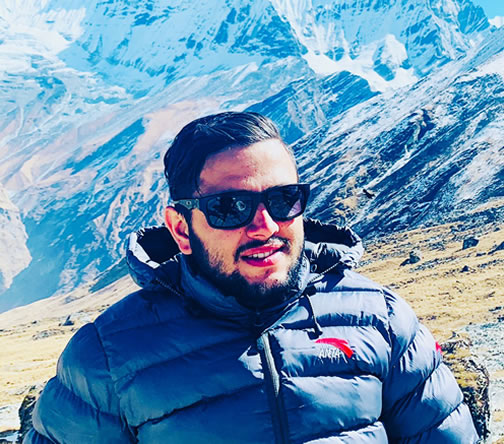
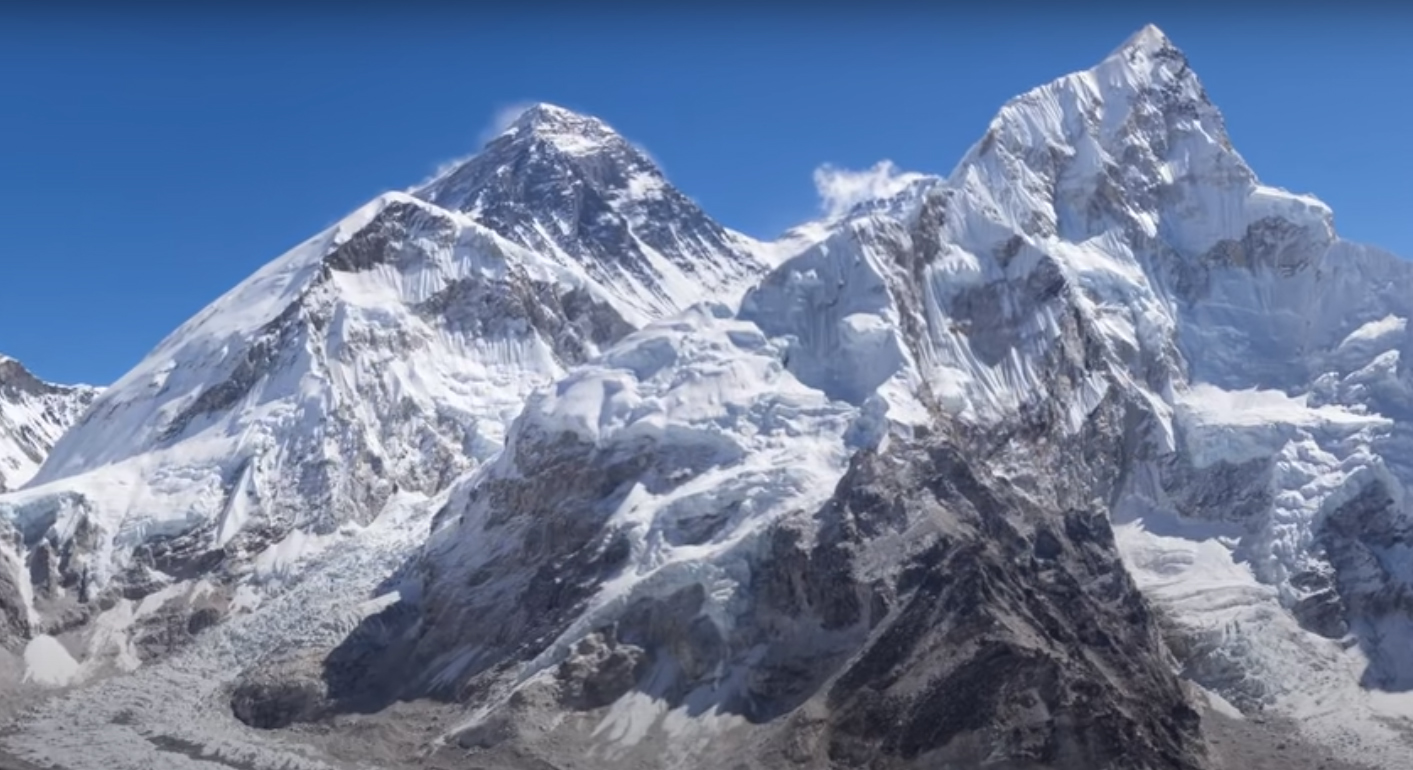


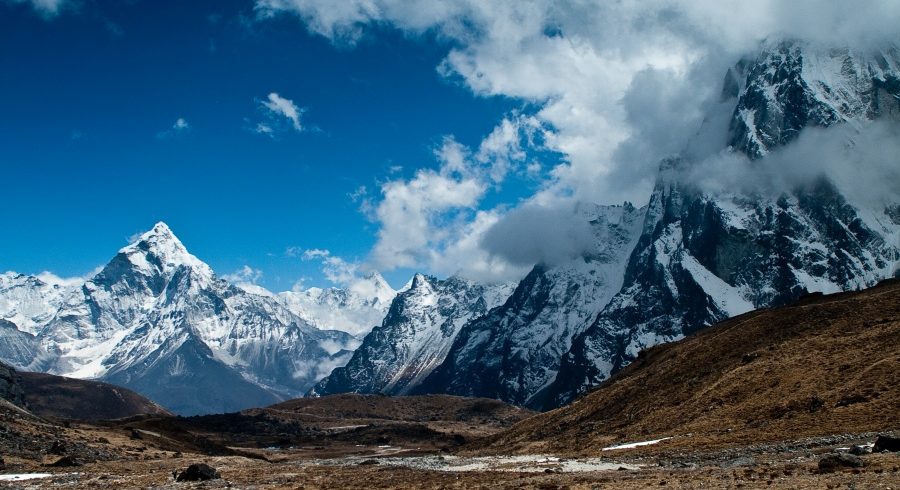
 8000m Peak Climbing , Nepal
8000m Peak Climbing , Nepal  66 Days
66 Days  US$31000
US$31000
